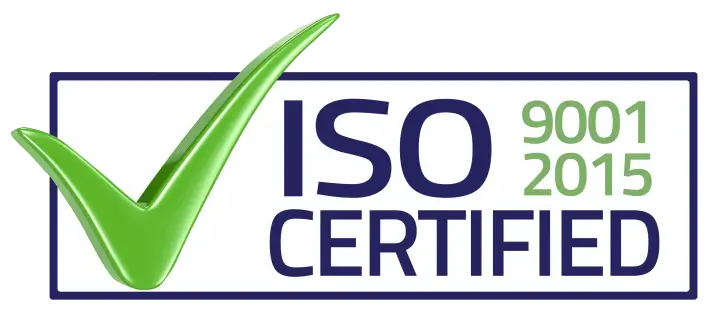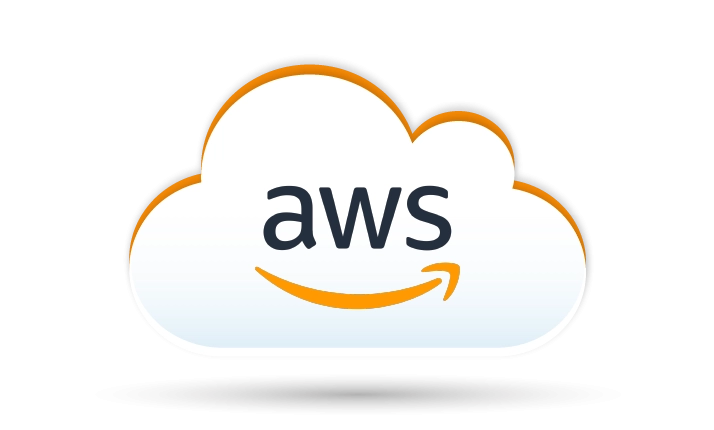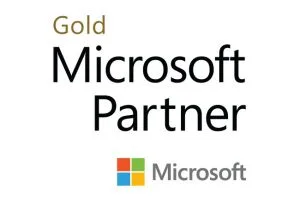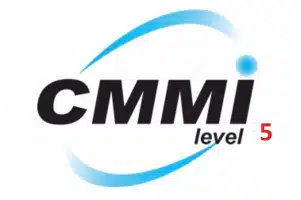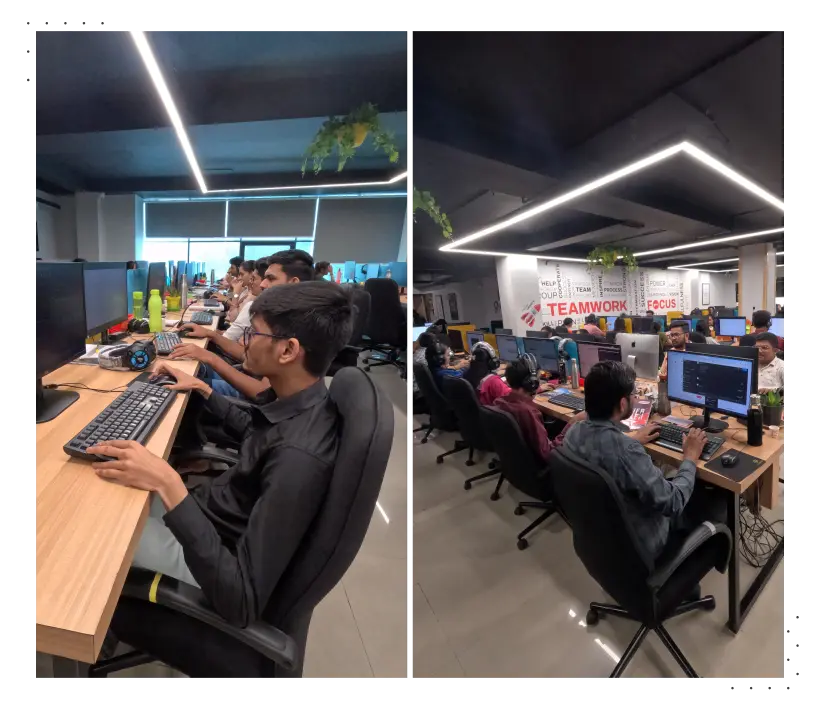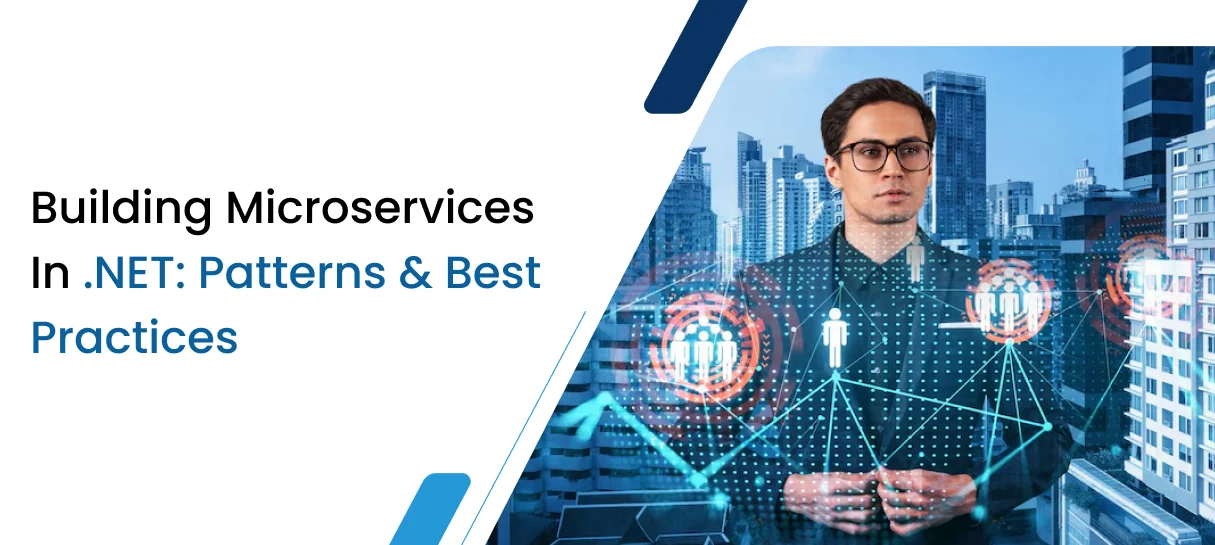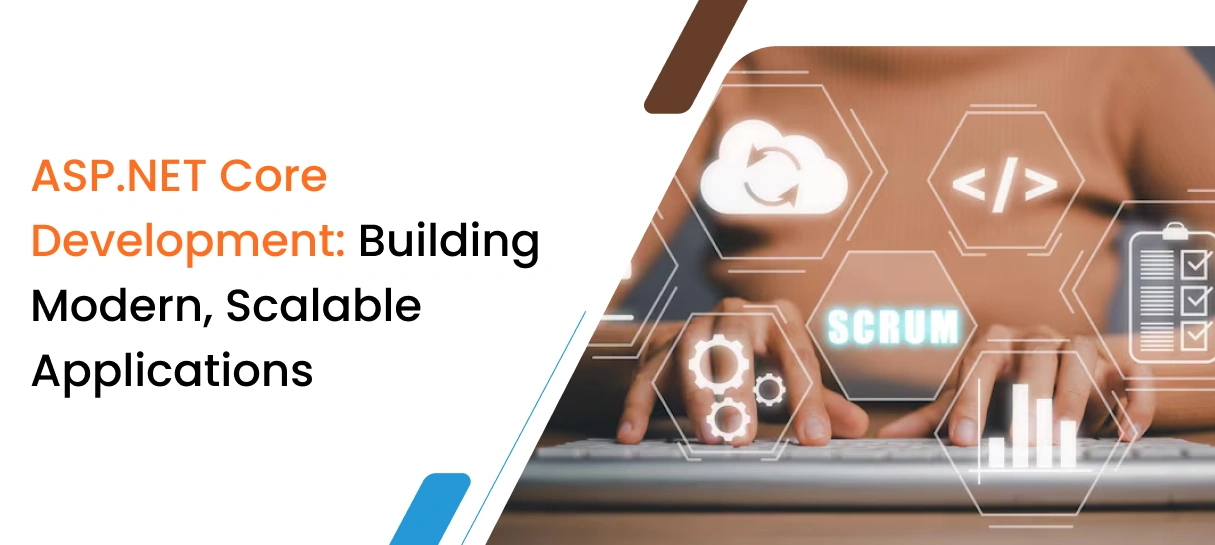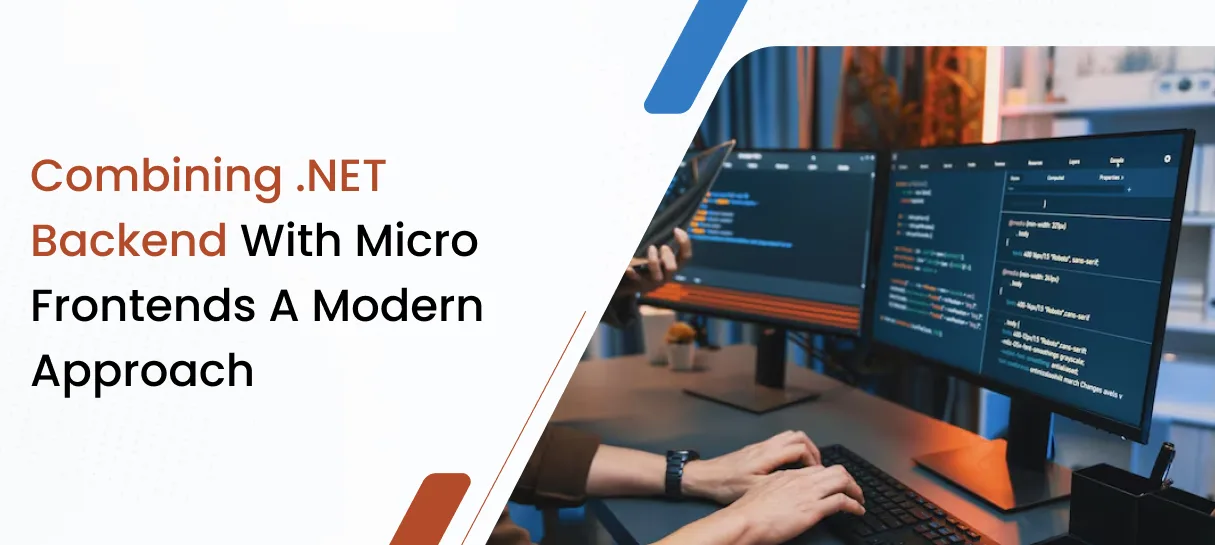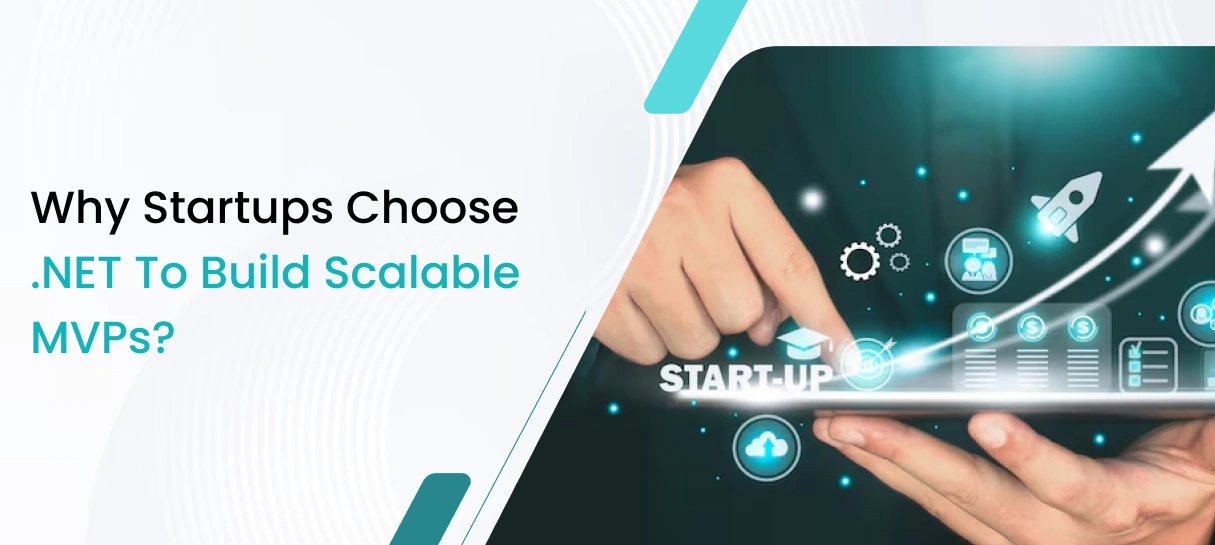The numerous services provided can be divided into four major groups: Examples include Serverless Architecture, Software as a Service (SaaS), Platform as a Service (PaaS), and Infrastructure as a Service (IaaS).
The first form of cloud service is IaaS, which provides you with access to the computing infrastructure, which is made up of both physical and virtual resources including servers, storage systems, networks, and other hardware elements required to deliver solutions. With IaaS, you may select from a variety of hosting options and scale them up or down based on your needs.
The following is PaaS, or platform-as-a-service. This kind of cloud service offers programmers a setting for creating apps without requiring them to take care of underlying software components like the operating system. A quicker development process is made possible by providing rapid access to databases, web servers, app servers, and more on the same platform.
Software-as-a-service, often known as SaaS, is another form of cloud computing where organisations can gain from hosted programmes over the internet as opposed to storing them on their own local computers or networks. These programmes may include CRM programmes, email systems, and office productivity suites like Microsoft Office 365. In this instance as well, consumers will be charged based on consumption rather than the upfront costs associated with purchasing conventional desktop software packages.
The last form is serverless architecture, in which application components are run in momentary containers that make calls to functions. These processes typically begin in response to end-user actions or scheduled events and only include the resources required at specific times, thereby incurring lower costs than the VMs/IaaS model's hourly virtual machine rental costs.
Furthermore, the serverless architecture enables scalability as new compute instances are automatically created in response to demand, unlike virtual machines (VMs), which depend on manual scaling procedures enabled by customized scripts/commands issued via command line interfaces within provider portals like Amazon AWS EC2 Console, etc.

